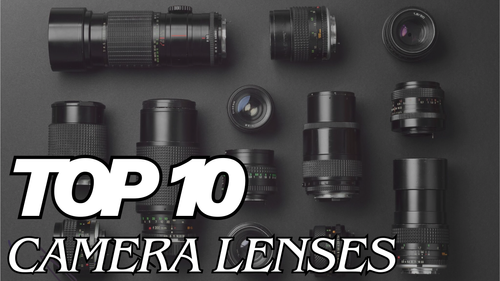Ad

Tech Declassified: Optical Image Stabilization(OIS)
Follow Us:
4,214 views
OIS uses sensors and motors to counteract unwanted camera movement. The system can detect camera movement in any direction using a gyroscopic sensor or accelerometer and adjust the position of the lens to compensate. By constantly adjusting the lens position, the system can stabilise the image and ensure that it remains clear, even when the camera is moving.
Different Types of OIS

There are two types of OIS systems: lens-based and sensor-based. Lens-based systems move the entire lens assembly to compensate for camera shake, while sensor-based systems move the image sensor itself. While lens-based systems tend to be more effective, they are also more expensive to manufacture.
OIS has many benefits, including the ability to capture clear images in low light and smoother video recording. It can help reduce the impact of camera shake and other forms of motion blur, allowing for sharper, more professional-looking images.
However, OIS is not perfect and may not be able to compensate for certain types of movement or vibration. Additionally, OIS can add weight and bulk to cameras and other devices. Overall, Optical Image Stabilization is a valuable technology for anyone looking to capture clear, sharp images in a variety of conditions. Despite its limitations, OIS is an important tool for photographers and videographers looking to improve the quality of their work
Latest News





Reviews & Guides
View All

Nothing Phone 3a Community Edition First Impressions: A Fresh Take on Budget Smartphones

Realme P4x 5G Review: Budget-Friendly Beast with Epic Battery Life

Sony BRAVIA 7 Mini LED K-65XR70 vs. Haier Mini LED H65M95EUX

Samsung QN90F (65QN90FAU) Review: The King of Bright-Room Viewing

Why doesn’t Apple reveal the iPhone battery in advertisements?

Top 10 camera lenses you should Own in 2025

Donald Trump Watch Collection: Timeless Luxury on the Wrist

Best Smartphones Under 30,000 in 2025







